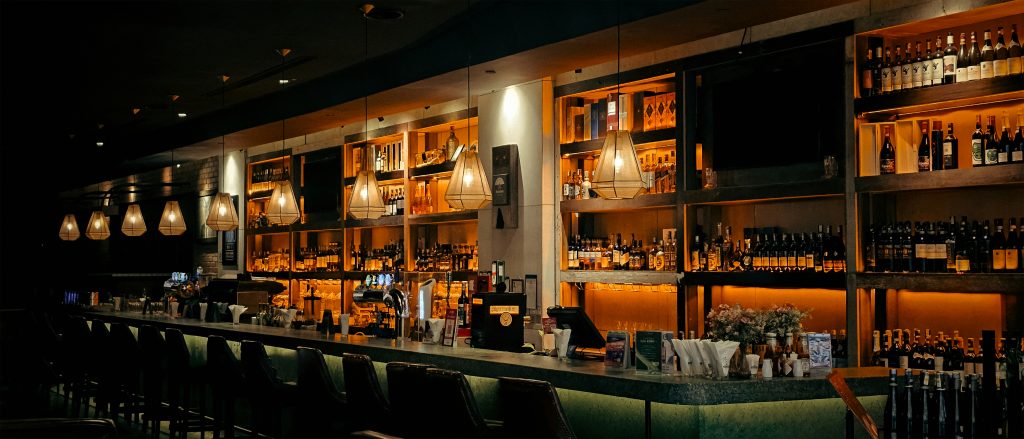In recent years, sake has experienced a remarkable surge in popularity, transcending its traditional boundaries and captivating a global audience. This beloved Japanese rice wine, steeped in centuries of history and craftsmanship, is now making waves not only in Japan but also in international markets. As connoisseurs and casual drinkers alike discover the nuances of sake, its production and consumption are evolving in exciting ways.
Sake, often referred to as ‘nihonshu’ in Japan, is produced through a meticulous fermentation process that transforms polished rice, water, yeast, and koji mold into a drink that is both refreshing and complex. With a wide range of flavors, aromas, and styles, sake offers a unique tasting experience that can cater to diverse palates. From the crisp and clean junmai ginjo to the rich and full-bodied junmai daiginjo, the variations are endless, making sake an enticing choice for beverage enthusiasts.
As the global interest in sake grows, so does the number of breweries and sake producers outside of Japan. Countries like the United States and Canada have embraced the craft, establishing their own sake breweries that blend traditional Japanese methods with local ingredients. This fusion not only introduces new flavors but also fosters a deeper appreciation for sake culture in regions where it was once unfamiliar.
The rise of sake is also evident in the culinary world, where it is increasingly paired with a variety of cuisines. Chefs and restaurateurs are experimenting with sake pairings that complement everything from sushi to spicy dishes, showcasing its versatility as a beverage. Sake tastings and festivals are becoming commonplace, allowing enthusiasts to explore the intricacies of this ancient drink while enjoying food pairings that elevate the dining experience.
Moreover, as consumers become more health-conscious, sake presents itself as a lighter alternative to other alcoholic beverages. With its lower alcohol content compared to wine and whiskey, sake can be enjoyed in moderation without sacrificing flavor. This has opened up a new demographic of drinkers who are looking for quality over quantity and are eager to explore the world of sake.
The cultural significance of sake cannot be overlooked. Traditionally, sake has been an integral part of Japanese rituals and celebrations, symbolizing purity and joy. As the world becomes more interconnected, the appreciation for sake as a cultural artifact is also growing. It has become a symbol of Japanese heritage, bridging the gap between tradition and modernity.
As we look towards the future, the potential for sake to become a mainstream beverage in various markets is promising. With ongoing education about its production, tasting, and cultural relevance, sake is poised to carve out a significant niche in the global alcoholic beverage landscape. Enthusiasts and newcomers alike are encouraged to delve into this fascinating world, exploring the rich tapestry of flavors and traditions that sake offers.
In conclusion, the rise of sake is a testament to the evolving nature of global drinking culture. As more people embrace this exquisite beverage, the opportunities for innovation and cultural exchange continue to expand. With its rich history, diverse flavors, and cultural significance, sake is not just a drink; it is a celebration of heritage and craftsmanship that deserves a place at the table in homes and restaurants around the world.

